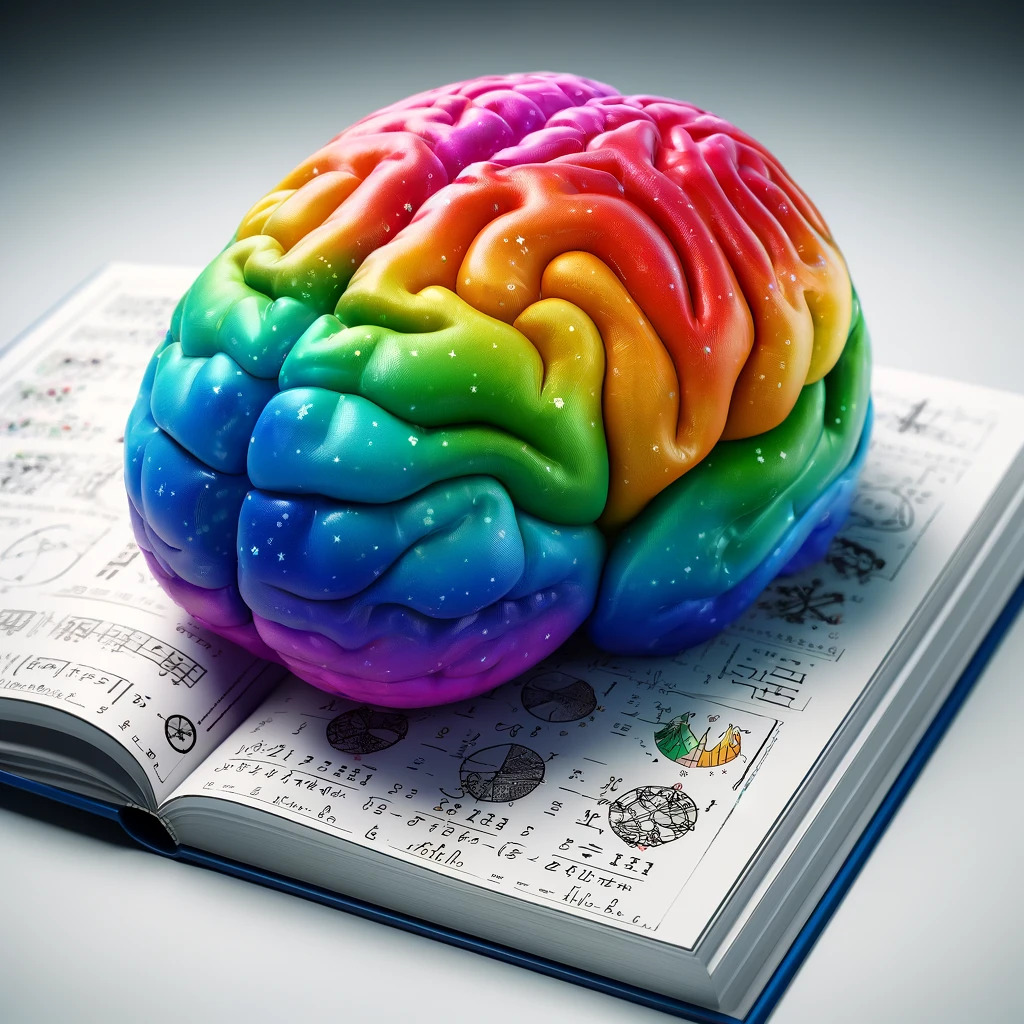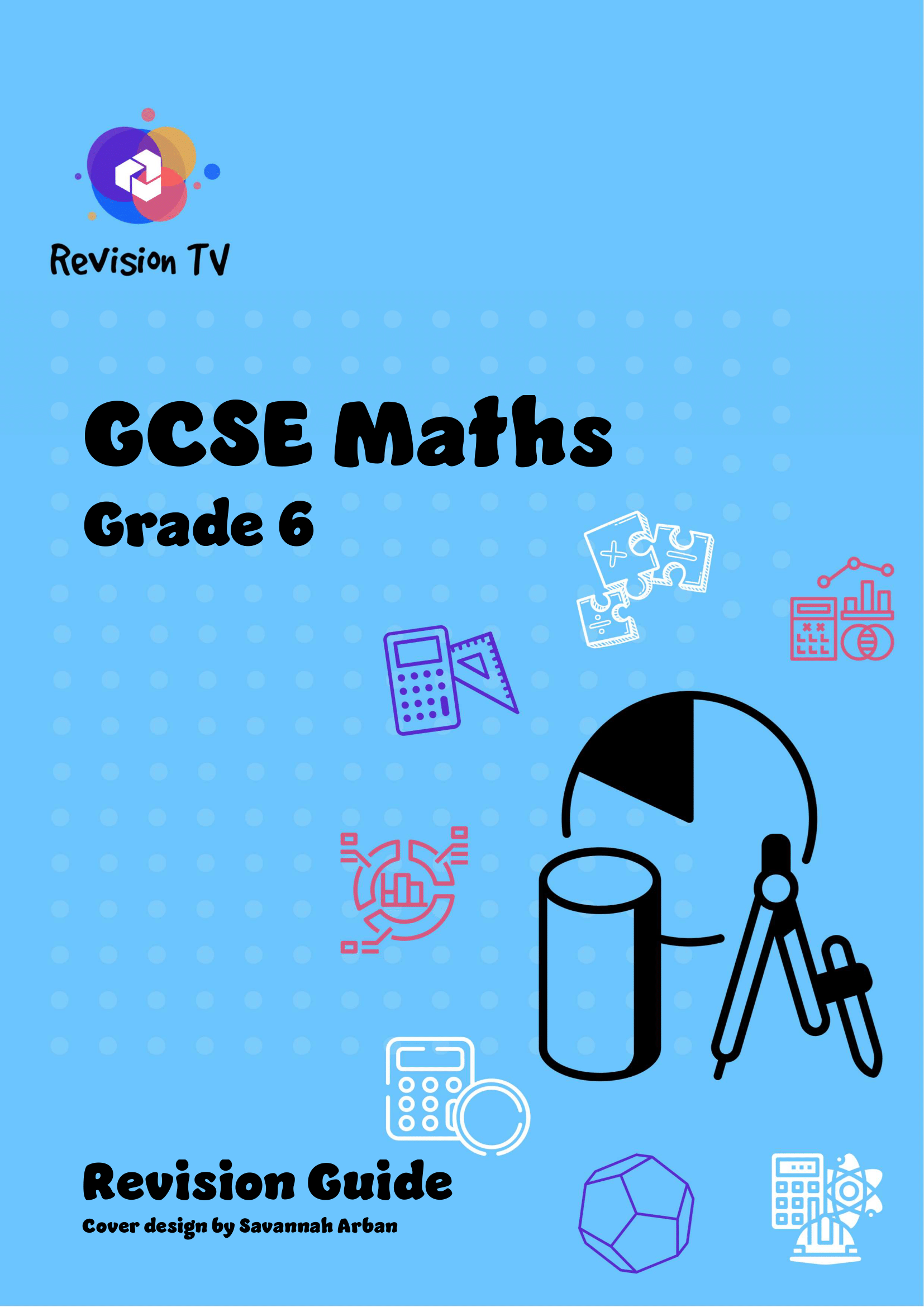
What brain skills are required to do maths?
Do you ever wonder what's going on inside your child's brain when they're tackling those tricky maths problems? Understanding how kids learn maths can seem as complex as the equations themselves, but fear not! We're here to demystify the process and give you a peek into the fascinating world of mathematical learning.
1. Perception: Seeing Numbers in Action
Imagine your child's brain as a bustling workshop, with numbers flying around like busy worker bees. When they look at a math problem, their brain springs into action, processing the numerical information and understanding how the numbers relate to each other. It's like putting together a puzzle, where each piece (or number) has its own place and purpose.
2. Attention: Focus, Focus, Focus!
Picture your child as a little detective, concentrating intently on solving a mathematical mystery. Their brain's attentional systems kick into gear, helping them stay focused on the task at hand while tuning out distractions. It's like zooming in with a camera lens, sharpening their focus on the numbers and operations that matter most.
3. Memory: Storing Maths Know-How
Think of your child's brain as a treasure chest, filled with mathematical gems waiting to be discovered. Their working memory acts as a temporary storage space, holding onto numbers, operations, and problem-solving steps as they navigate through mathematical challenges. It's like having a mental whiteboard where they jot down equations and solutions, keeping everything organised and accessible.
4. Logic and Reasoning
Envision your child as a young Sherlock Holmes, using logic and deduction to crack the case of the elusive math problem. Their brain's logical reasoning skills come into play, allowing them to make sense of numerical relationships, infer patterns, and apply mathematical rules with precision. It's like solving a puzzle, where each step leads them closer to unravelling the mystery.
5. Metacognition: Thinking About Thinking
Picture your child as a savvy strategist, orchestrating their own mathematical journey with skill and finesse. Their metacognitive processes kick in, helping them monitor their own thinking, reflect on their understanding, and adjust their learning strategies as needed. It's like having a built-in GPS for maths, guiding them towards mathematical mastery with each step they take.
Understanding how kids learn maths can empower parents to support their child's mathematical journey with confidence and enthusiasm. So the next time your little mathematician tackles a tricky problem, you can cheer them on knowing that their amazing brain is hard at work. Happy math-ing! 🧠✨
"Why are mathematicians so bad at relationships? Because they are great at finding X"
Read more

Why is learning maths from video tutorials efficient?
Mathematics can be a daunting subject for many students, from primary school all the way through to university level. Traditional methods of teaching maths, such as textbooks and classroom lectures, can sometimes fail to capture the interest of students or cater to individual learning paces. Enter the modern solution: video tutorials. These dynamic tools are revolutionising how students engage with complex mathematical concepts. Here’s why learning maths from video tutorials isn’t just convenient—it’s incredibly efficient.
1. Visual and Auditory Learning
Maths is a visual subject. Concepts like geometry, algebra, and calculus often require students to visualise processes and outcomes. Video tutorials excel in this area by combining visual cues with auditory explanations, making complex topics more accessible and understandable. This dual-channel learning helps in retaining information much longer than traditional reading or rote memorisation.
2. Self-Paced Learning
One of the greatest advantages of video tutorials is the ability for students to learn at their own pace. Unlike classroom settings, where the pace is set by the teacher, video tutorials can be paused, rewound, or replayed. Struggling with a concept? Simply rewind the video and watch the explanation again. This flexibility allows students to master each topic thoroughly before moving on to the next, reducing feelings of being rushed or left behind.
3. Accessibility and Convenience
With the advent of smartphones and tablets, educational resources have never been more accessible. Students can access video tutorials anytime and anywhere, be it during a commute, at home, or even during breaks at school. This ease of access not only makes it possible for learners to incorporate maths practice into their daily routines but also removes the barriers of needing to be in a specific place at a specific time for learning.
4. Engagement Through Technology
Today’s students are digital natives, comfortable with learning from screens. Video tutorials often incorporate animations, colours, and interactive elements that make learning not just educational but also engaging. This use of technology taps into the interests of students, keeping them engaged longer than traditional textbooks might.
5. Diverse Teaching Methodologies
Different students have different learning preferences, and video tutorials can offer a variety of teaching methods to cater to these diverse needs. Whether it’s through step-by-step problem solving, real-life applications, or integrating quizzes and interactive activities, video tutorials can provide a rich, multifaceted educational experience that textbooks simply cannot match.
6. Immediate Feedback and Assistance
Many video platforms offer interactive features such as quizzes and puzzles at the end of each session, providing immediate feedback. Some even have forums or comment sections where students can ask questions and receive answers from tutors or peers. This immediate feedback helps in correcting mistakes and clarifying doubts instantly, enhancing the learning process.
Conclusion
In a world where efficiency and convenience are valued, learning maths through video tutorials represents a significant advancement in educational techniques. By blending technology with traditional learning, these tutorials offer a dynamic, engaging, and highly effective way of understanding and mastering mathematical concepts. For students looking to improve their maths skills, video tutorials are not just an option; they are a powerful tool to get better at maths.
Read more

Why do parents nag their children to revise maths?
Maths revision often brings groans and complaints from students worldwide. Despite the importance of maths, many children find revising this subject less than thrilling. Here are some of the key reasons why revising maths can be a chore for many young learners and how RevisionTV aims to tackle these issues.
1. Perceived Difficulty
Maths can sometimes feel daunting and overwhelming. This perceived difficulty often stems from not having a strong grasp of foundational concepts, which makes progressing through more complex topics challenging. RevisionTV helps by breaking down complex maths concepts into digestible, engaging videos that simplify learning, ensuring that students build a solid foundation before moving on to more advanced topics.
2. Lack of Engagement
Traditional teaching methods that focus on repetition and memorisation can lead to boredom. RevisionTV incorporates elements of entertainment such as maths jokes, memes, and relatable scenarios, making learning maths more engaging and less monotonous.
3. Fear of Failure
Maths anxiety is a real and significant barrier to learning. RevisionTV provides a safe and supportive learning environment where students can rewind and revisit tutorials as many times as needed, reducing the pressure and fear associated with making mistakes in a more public or competitive setting.
4. Inconsistent Teaching Methods
Not all students thrive under the same teaching styles. RevisionTV offers a variety of teaching approaches within its video tutorials, catering to different learning preferences and helping to clear up confusion that might arise from inconsistent teaching methods in the classroom.
5. Lack of Personal Relevance
Many students struggle to see the relevance of maths in their personal lives. RevisionTV tackles this by linking maths concepts to real-world applications and showing practical examples of how maths is used in everyday life, making it more relatable and interesting.
6. Competing Interests
With so many distractions vying for students' attention, it can be hard to make time for maths revision. RevisionTV’s flexible and accessible platform allows students to engage with maths revision at their own pace and on their own schedule, making it easier to fit into busy lives filled with extracurriculars and social activities.
Read more

FIVE clever revision strategies
It is not an easy task to assist your child’s maths learning and sometimes as a parent, you could feel a bit helpless. I hope I can provide a bit of help with my expertise as a maths teacher, I will send an email once a month to provide different tips and tricks you can help your child get better at their maths. Our first email is about taking a closer look at 5 clever strategies to supercharge your child's revision routine:
1) Mix It Up: Variety is the spice of maths! Encourage your child to explore different revision methods, like watching engaging videos, working through practice questions, or even teaching the concepts to a friend or family member. By mixing up their approach, they'll keep their revision sessions fresh and engaging.
2) Break It Down: Ever tried to eat a whole pizza in one bite? Exactly! Encourage your child to break down complex topics into smaller, more manageable pieces. Start with the basics and gradually build up to more advanced concepts. Our motto (on eating pizzas): Divide and conquer!
3) Time Flies When You're Having Fun: Revision doesn't have to be a bore! Set a timer and challenge your child to race against the clock while solving problems. Make it a game by offering small rewards for reaching certain milestones. Before they know it, they'll be zipping through their revision like a pro!
4) Staying positive and resilient: Maths can be tough, but a positive attitude goes a long way! Encourage your child to stay optimistic, even when they encounter challenges. Remind them that mistakes are a natural part of learning and that each one brings them closer to mastery. With the right mindset, they can conquer anything!
5) Celebrate Progress: Every step forward is worth celebrating! Take time to acknowledge your child's achievements, whether it's finally mastering a tricky concept or improving their problem-solving skills. A little encouragement goes a long way in boosting their confidence and motivation.
With these strategies in their toolkit, your child will be well-equipped to tackle any maths challenge that comes their way! Stay tuned for more tips and tricks in next month's email.
Happy revising!
"Why was the parent so good at revising algebra?
Because they knew how to solve their kid's "x-ams"!"
Read more

Why Following Maths Tutorial Videos with a Revision Guide Helps You Learn Better
In the evolving landscape of education, combining different learning tools can greatly enhance understanding and retention. This is especially true in subjects like mathematics, where grasping complex concepts and formulas can be challenging. Integrating maths tutorial videos with revision guides provides a multifaceted approach to learning that can lead to better comprehension and academic success. Here’s why this combination works so effectively.
1. Reinforcement of Learning
Maths tutorial videos offer a dynamic way to present information, demonstrating processes and methods in real-time. When students follow along with a revision guide, they engage with the material through multiple channels. The guide serves as a tangible reference that students can annotate, highlight, and refer back to, reinforcing the material viewed in the videos. This repetition solidifies learning, making it easier to recall information during exams.
2. Structured Learning Path
Tutorial videos are excellent for breaking down complex ideas into digestible parts, but they can sometimes lack a clear, linear progression when viewed in isolation. Revision guides complement these videos by providing a structured learning path. Each chapter or section of the guide typically aligns with video content, ensuring that students cover all necessary topics in a logical sequence. This structure helps students build their knowledge incrementally, which is particularly important in maths where one concept often builds upon another.
3. Active Engagement
Watching videos passively can be informative, yet it doesn’t always encourage deep engagement. Revision guides require active participation. Whether it’s solving practice problems, filling out worksheets, or summarising concepts, these activities compel students to interact with the material actively. This active engagement leads to better retention and understanding.
4. Instant Clarification
When students encounter difficulties in understanding certain concepts from the video alone, revision guides can offer immediate clarification. These guides often include definitions, worked examples, and explanatory notes that can help clarify misunderstandings or provide additional context that the video may not fully cover.
5. Flexibility in Learning
Every student has a unique learning style, and not all find video tutorials alone sufficient. The addition of a revision guide allows learners to customise their study approach. If a student struggles with auditory or visual learning from videos, the text-based format of a guide can make a significant difference. It also allows for learning at one’s own pace—students can spend more time on difficult sections without feeling rushed.
6. Assessment and Feedback
Many revision guides come equipped with quizzes and practice tests that are aligned with the content presented in the videos. These assessments help students test their knowledge and provide immediate feedback, something that video tutorials cannot offer on their own. This feedback is crucial for understanding what concepts have been mastered and what areas need more attention.
Conclusion
Incorporating a revision guide with maths tutorial videos creates a comprehensive learning experience that caters to diverse learning needs and styles. This blended approach not only makes learning maths more engaging but also more effective, providing students with the tools they need to succeed. For anyone looking to deepen their understanding of mathematics, pairing these two resources is a strategy that promises enhanced learning and better outcomes.
"Why was the equal sign so humble? Because he wasn’t less than or greater than anyone else!"
Read more

Why learning ahead in maths is a good thing
Last time, I shared five smart strategies to help your kids with maths revision. This month, let's take control and be proactive. Think of it like a skilled navigator planning a voyage before setting sail – that's how our young mathematicians should prepare for their maths journey.
In maths, being prepared is crucial. When you encourage your child to learn new concepts and look into future topics, you're not just giving them a head start. You're giving them tools to shine. Learning ahead boosts confidence, builds resilience, and helps them understand maths better. It's about getting ready for success in and out of school. And you, as parents, play a key role in this.
Read more